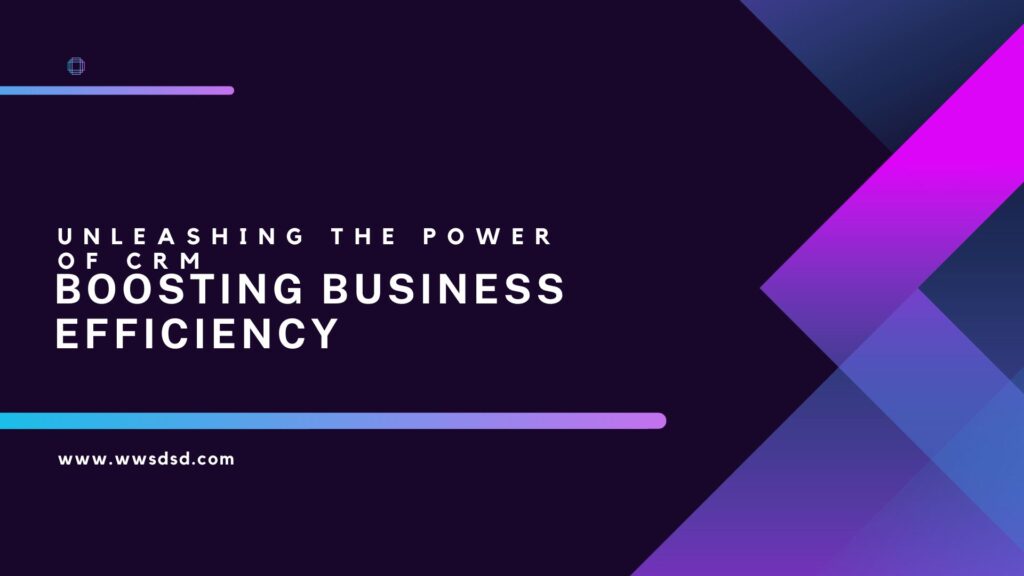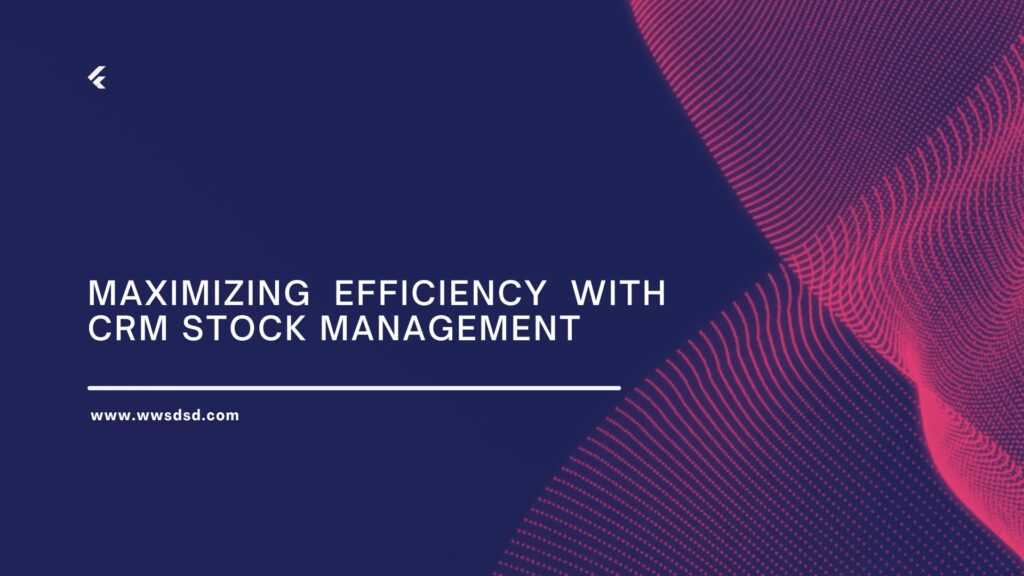The retail sector is constantly evolving, driven by increasing digitalization and changing consumer expectations. In this competitive landscape, operational efficiency and customer satisfaction are crucial factors for success. To achieve both goals, retail companies are increasingly turning to the integration of two key business management systems:CRM (Customer Relationship Management) y el ERP(Enterprise Resource Planning). The synergy between both systems enables a holistic view of the business, optimizing supply chain management, customer experience, and ultimately, profitability. This article will delve into how the implementation and proper integration ofCRM and ERPcan transform management and experience in the retail sector.
1. The Importance of CRM in Modern Retail
At the heart of retail success is the customer.CRMEffective analytics allows businesses to better understand their customers, their preferences, purchasing behavior, and interaction history. Beyond simple data collection, a good systemCRMallows:
* Personalization of the customer experience:By analyzing the collected data, companies can segment their customers and offer them personalized offers, promotions, and communications. This includes sending emails with relevant product recommendations, offering personalized discounts based on their purchase history, or even tailoring the online shopping experience to their individual preferences. A clear example is the «You may also like» product recommendations found in most online stores.
* Improving customer service:A systemCRMA centralized system allows employees to access customer information quickly and easily, improving efficiency and quality of service. This translates into greater customer satisfaction, loyalty, and a reduced churn rate. Imagine a customer service agent who, upon receiving a call, can instantly view the customer’s purchase history, previous inquiries, and preferences. This allows for more personalized and efficient service.
* Managing more effective marketing campaigns: He CRMIt facilitates the creation and management of segmented and targeted marketing campaigns, optimizing return on investment (ROI). Through customer segmentation, companies can send relevant messages to the right target groups, increasing the conversion rate and effectiveness of their campaigns. This allows for A/B testing to optimize the message and communication channel.
* Identifying cross-selling and up-selling opportunities:By analyzing customer purchase data, companies can identify opportunities to sell complementary products (cross-sell) or higher-value products (up-sell). For example, if a customer buys a television, the systemCRMI might suggest purchasing a wall mount or a surround sound system.
2. The Role of ERP in Retail Operational Efficiency
While theCRMfocuses on the customer, theERP(Enterprise Resource Planning) focuses on optimizing the company’s internal processes. A systemERPEffectively integrates all areas of the business, from inventory management and purchasing to financial management and accounting. In the retail sector,ERPallows:
* Optimizing inventory management: And ERPIt provides complete, real-time inventory visibility, allowing businesses to accurately track stock levels, predict demand, and avoid shortages or excess inventory. This reduces storage costs and improves product availability for customers.
* Improving supply chain management: And ERPfacilitates the management of supplier relationships, production planning, and logistics. This allows companies to optimize supply chain efficiency, reduce costs, and improve delivery times. Integration with theCRMallows for more accurate demand forecasting, optimizing inventory management and production planning.
* Process automation: And ERPIt automates many administrative tasks, such as order management, invoicing, and accounting. This frees up time and resources for employees to focus on more strategic tasks. Process automation reduces errors and improves operational efficiency.
* Data analysis for decision making: And ERPprovides valuable information on company performance, enabling managers to make informed, strategic decisions. The data from theERPcan be used to analyze sales, costs, profitability and other key performance indicators (KPIs).
3. Synergy between CRM and ERP: A Holistic Business Vision
The real power lies in the integration of both systems. When theCRMand theERPBy working together, companies gain a holistic view of their business, enabling better decision-making and greater efficiency. This integration allows for:
* More accurate demand forecast:Sales data of theERPand customer preferencesCRMcombine to create a more accurate demand forecast, optimizing inventory management and production planning.
* Data-driven customer experience personalization:The integration allows you to personalize the customer experience more effectively, using data on purchasing behavior, preferences, and interaction history to deliver more relevant offers and promotions.
* Improving supplier relationship management:Integration enables more fluid communication with suppliers, optimizing supply chain management and reducing delivery times.
* Greater operational efficiency:Process automation and improved information management enable greater operational efficiency, reducing costs and improving profitability.
4. Considerations for Successful CRM and ERP Implementation
Successful implementation of a systemCRM and ERPIt requires careful planning and meticulous execution. Some key aspects to consider include:
* Selecting the right software:It’s crucial to choose software that fits your company’s specific needs. This involves evaluating functionality, scalability, and integration with other systems.
* Data integration:Data integration between theCRMand theERPIt is essential to gain a holistic view of the business. It is necessary to ensure system compatibility and data quality.
* Staff training:It is essential to train staff in the use of new systems to ensure their adoption and effective use.
* Change management:The implementation of new systems can generate resistance to change. It’s important to manage this process properly to ensure acceptance and a successful implementation.
5. Conclusion: The Future of Retail is Based on Integration
In an increasingly competitive retail market, the integration of a systemCRMand aERPis essential for success. These systems not only improve operational efficiency but also allow for personalized customer experience, build loyalty, and ultimately increase profitability. The key lies in careful planning, meticulous execution, and proper staff training. Retail companies that adopt this strategy will position themselves for success in the dynamic and challenging world of modern retail. Investing in the integration ofCRM and ERPIt’s not an expense, but rather a strategic investment in the future of the business. By fully leveraging the potential of these systems, companies will be able to offer a superior customer experience, optimize their operations, and achieve sustainable growth over the long term. Data analysis, process automation, and the holistic business view offered by these tools are key to survival and success in today’s competitive retail world. Personalization, efficiency, and data-driven decision-making are the future, andCRM and ERPare the tools that will make it possible.

